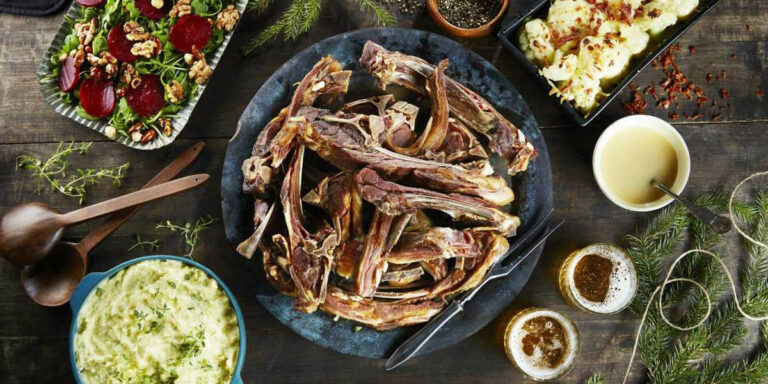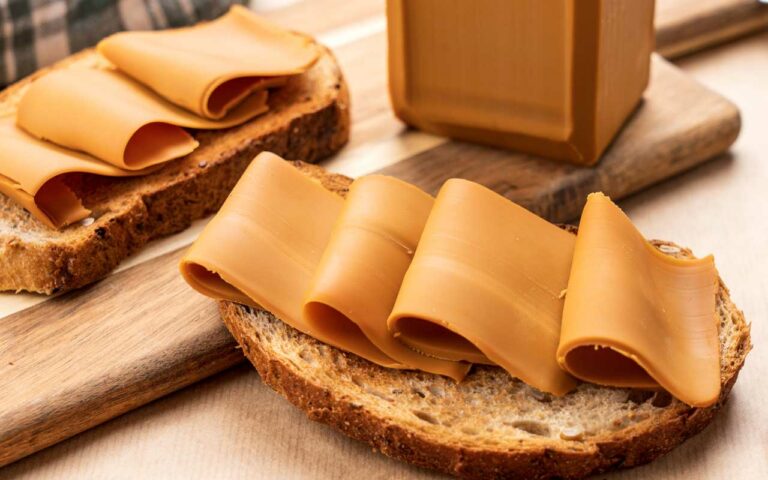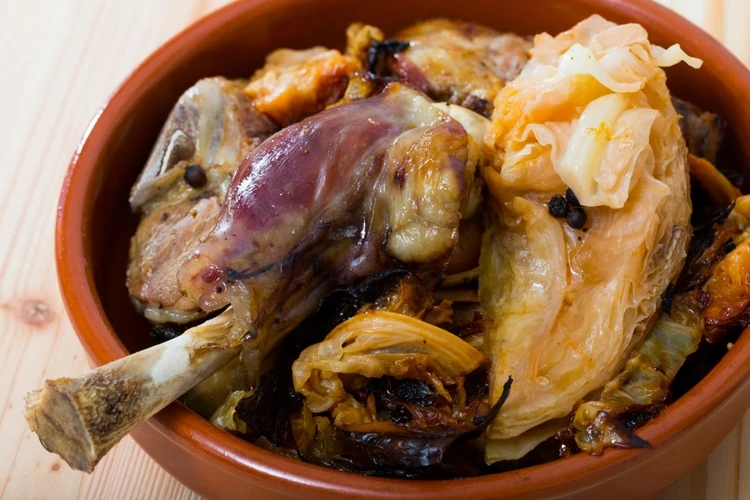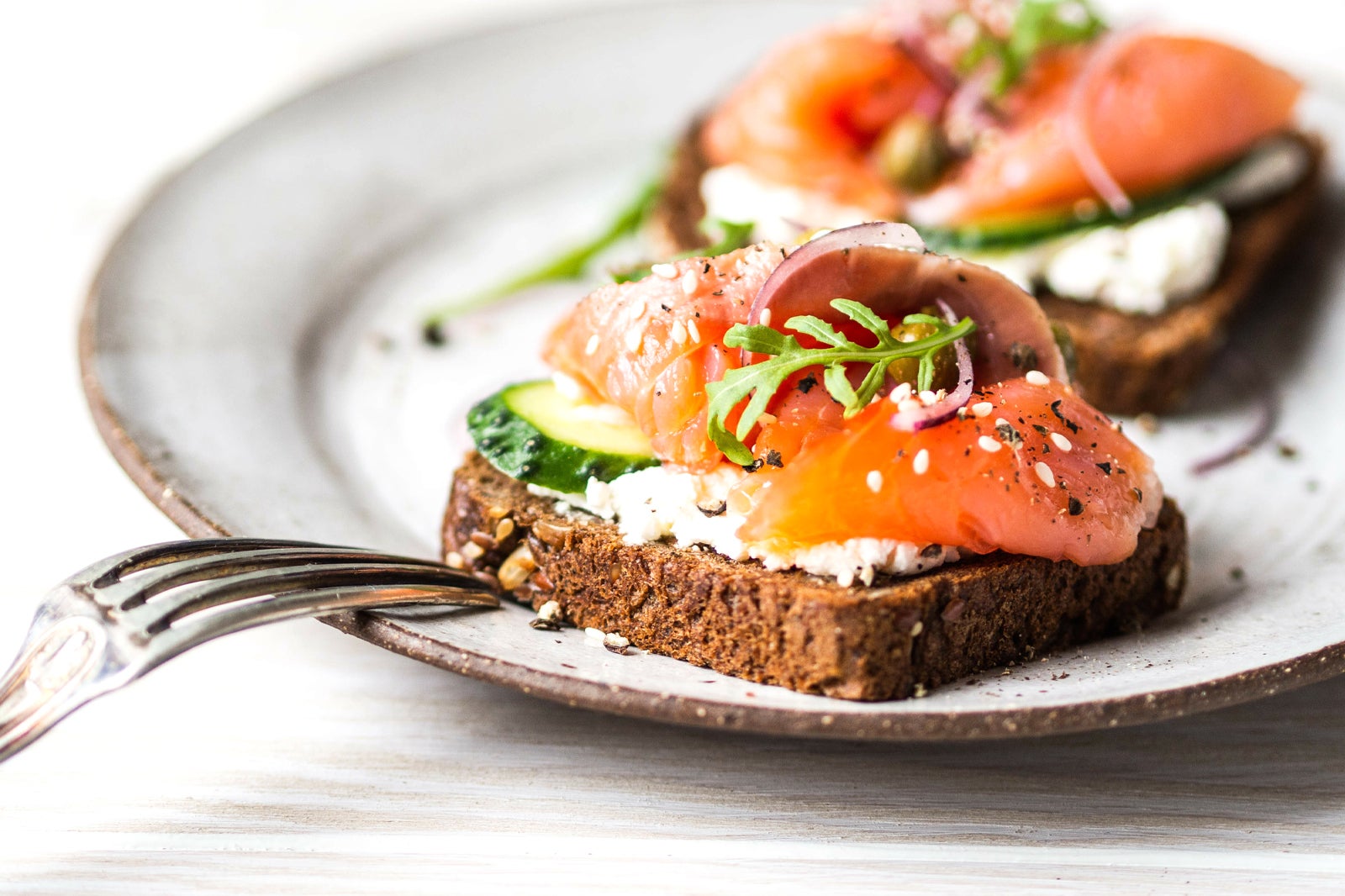Introduction: The Growing Popularity of Street Food in Norway
In recent years, street food has become increasingly popular in Norway. Previously, street food was limited to traditional Norwegian cuisine, such as hot dogs, waffles, and burgers. However, with the increasing globalization of food culture, Norwegian street food has evolved to include international flavors as well.
Norwegians have always appreciated the convenience of street food, and the recent surge in popularity has created a vibrant street food scene. Today, there are an abundance of food trucks, festivals, and markets across Norway serving a diverse range of foods from around the world.
Traditional Norwegian Street Food: A Taste of Local Cuisine
Traditional Norwegian street food is simple, yet delicious. Some of the most popular street foods in Norway include pølse (hot dogs), svele (pancakes), and fiskekaker (fish cakes). These foods are typically served with condiments such as ketchup, mustard, and remoulade.
One of the most famous Norwegian street foods is the pølse, which is a hot dog served on a bun with crispy onions, ketchup, and mustard. Another popular dish is the kjøttkake, which is a meatball made from beef, pork, and onion, served with boiled potatoes and gravy.
International Flavors: Global Influence on Norway’s Street Food Scene
In recent years, the street food scene in Norway has been heavily influenced by international flavors. From Mexican tacos and Korean bibimbap to Lebanese falafel and Vietnamese banh mi, there is a wide range of international foods available on the streets of Norway.
One popular international street food in Norway is the kebab, which is a Turkish dish made with roasted meat and vegetables. Another popular international street food is the falafel, which is a Middle Eastern dish made with chickpeas and spices, served in a pita bread with salad and sauce.
Oslo: The Best City in Norway for Street Food
Oslo is the best city in Norway for street food enthusiasts. The city has a vibrant street food scene, with numerous food trucks, markets, and festivals serving a wide variety of foods from around the world.
One of the most popular street food markets in Oslo is Mathallen, which features over 30 food stalls serving everything from gourmet burgers and sushi to tapas and craft beer. Another popular street food market is Oslo Street Food, which features over 25 food trucks serving a variety of international cuisines.
Food Trucks and Festivals: Where to Find the Best Street Food in Norway
Food trucks and festivals are some of the best places to find street food in Norway. Oslo has several food truck festivals throughout the year, including the Oslo Street Food Festival and the Food Truck Festival Oslo.
Other popular street food festivals in Norway include Bergen Matfestival and Trøndersk Matfestival. These festivals feature a variety of food stalls serving traditional Norwegian cuisine as well as international flavors.
Conclusion: Norway’s Street Food Scene Offers Something for Everyone
Norway’s street food scene has something to offer for everyone. Whether you’re looking for traditional Norwegian cuisine or international flavors, there are plenty of options available. From food trucks and markets to festivals and events, the variety and quality of street food in Norway is impressive. So if you’re a foodie looking for a unique culinary experience, be sure to check out Norway’s street food scene.








